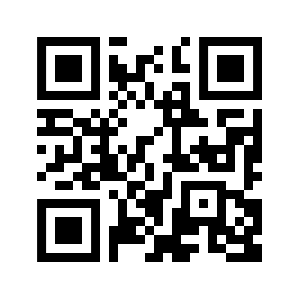Article Explorer
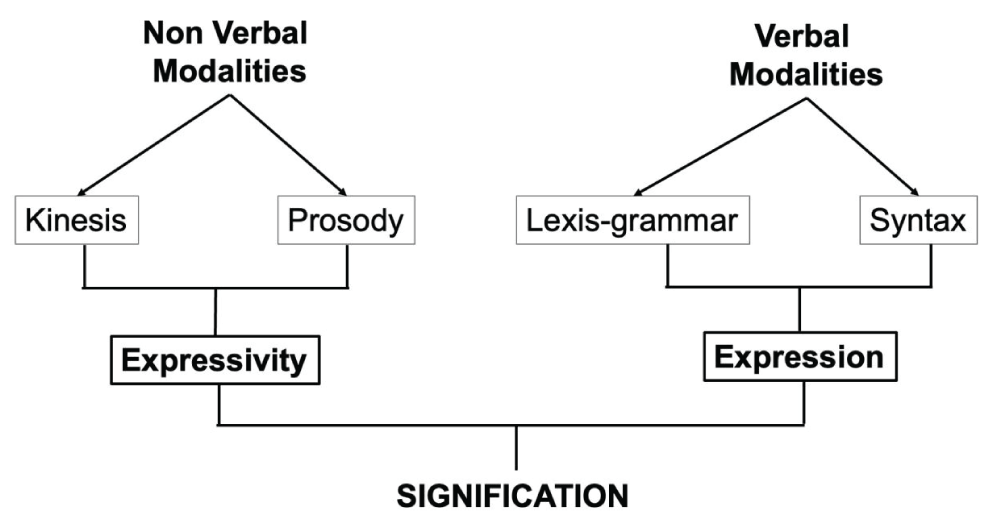
The Expressivity Dimension of Speech is the basis of the Expression Dimension. Evidence from Behavioural and Neuroimaging Studies
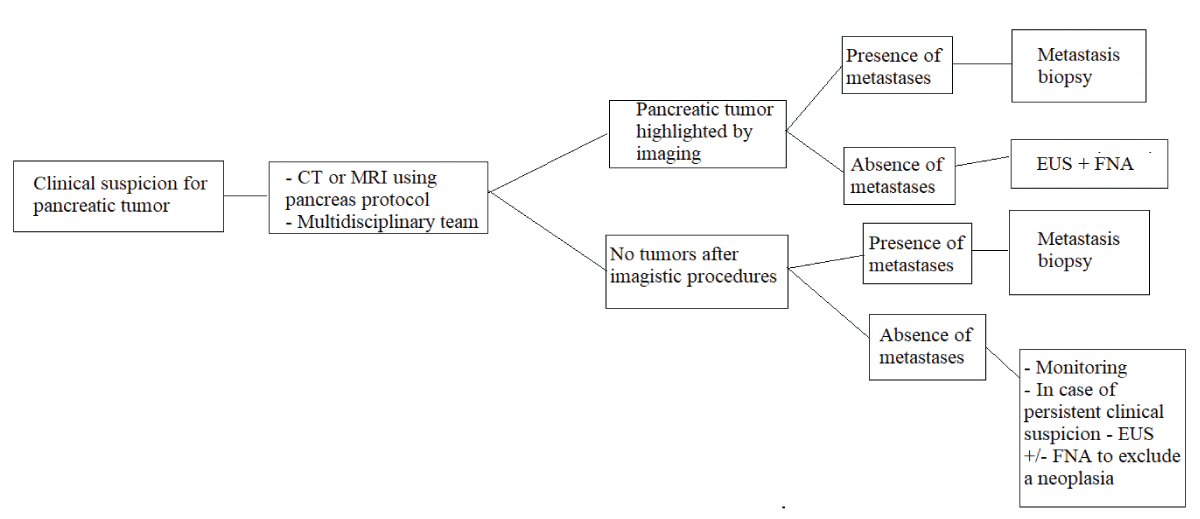
Diagnostic Challenges in Pancreatic Tumors
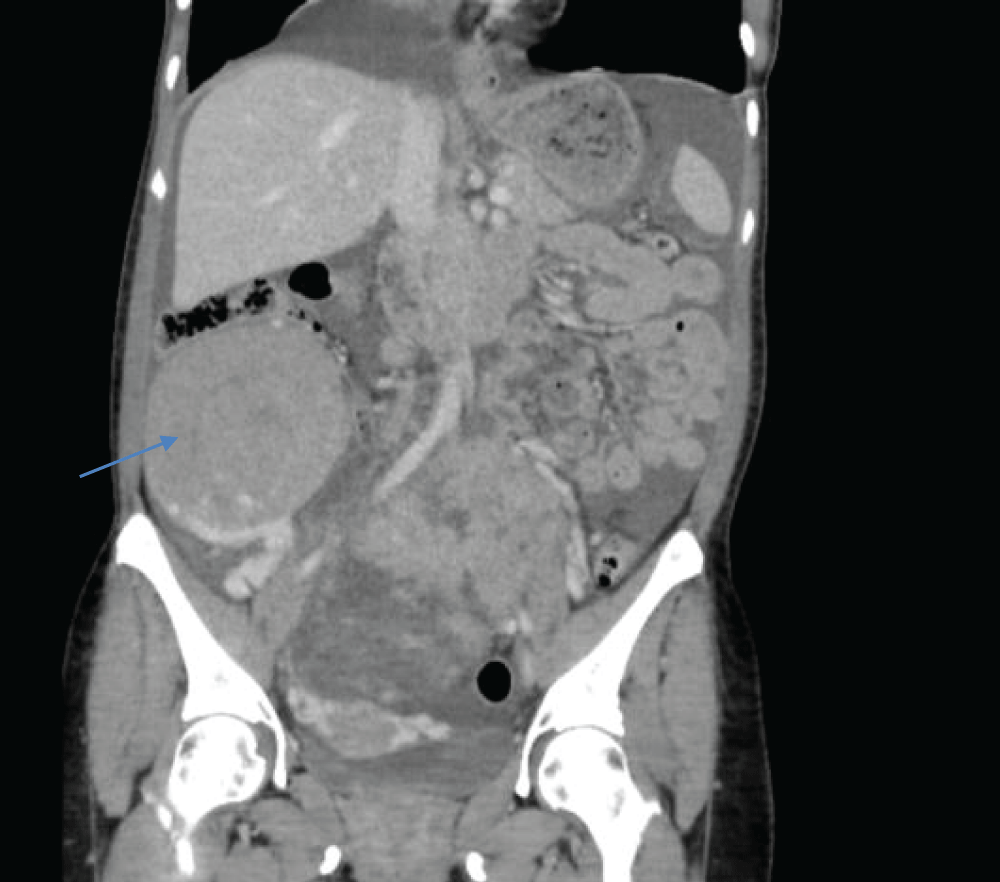
Peritoneal Carcinomatosis from Ovarian Cancer: A Case Report

Into the Deep: Diving Record for the Dice Snake Natrix tessellata (Laurenti, 1768) in Lake Orta, NW Italy

Challenge and Readiness to Implemented Geothermal Energy in Indonesia
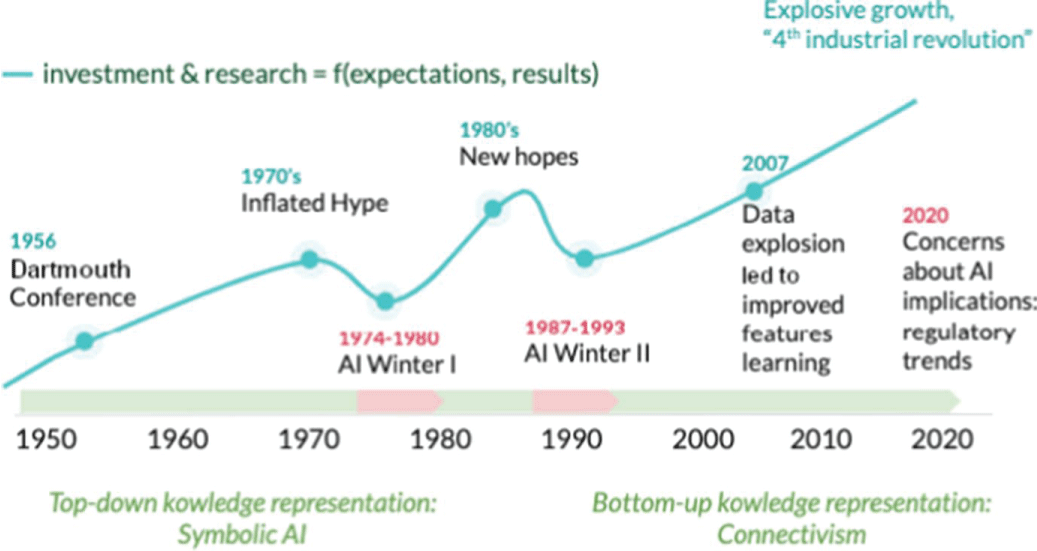
New Scientific Field for Modelling Complex Dynamical Systems: The Cybernetics Artificial Intelligence (CAI)
Prevalence of Diabetic Retinopathy among Self-reported Newly Diagnosed Diabetics
Wishful Thinking about Consciousness
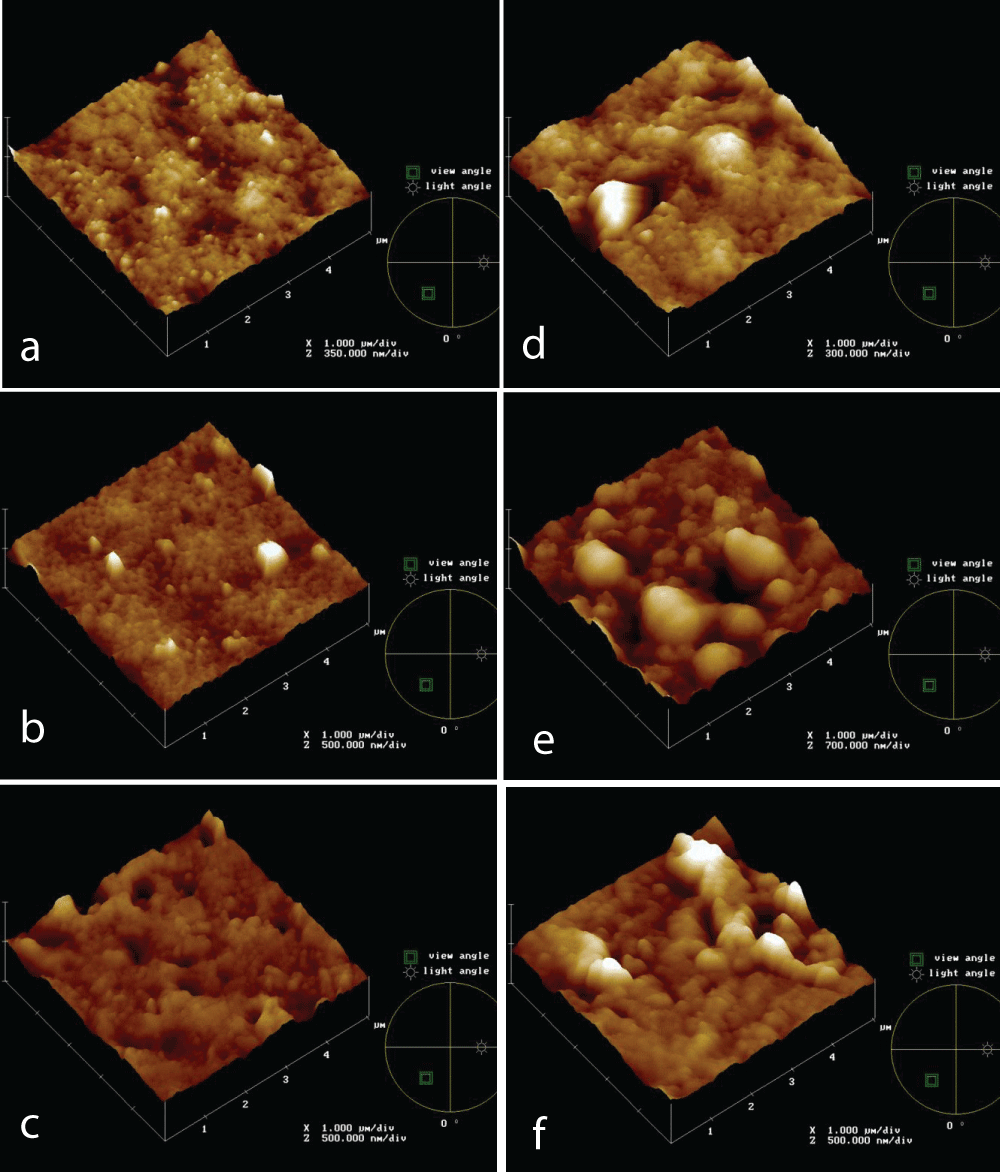
AFM Analysis of Polymeric Membranes Fouling
A Study to Determine the Reason for Lower Pregnancy Rates in Younger Women with Diminished Oocyte Reserve-less Chance of Implanting vs. Fetal Demise

Examining the Causal Connection between Lipid-lowering Medications and Malignant Meningiomas through Drug-target Mendelian Randomization Analysis
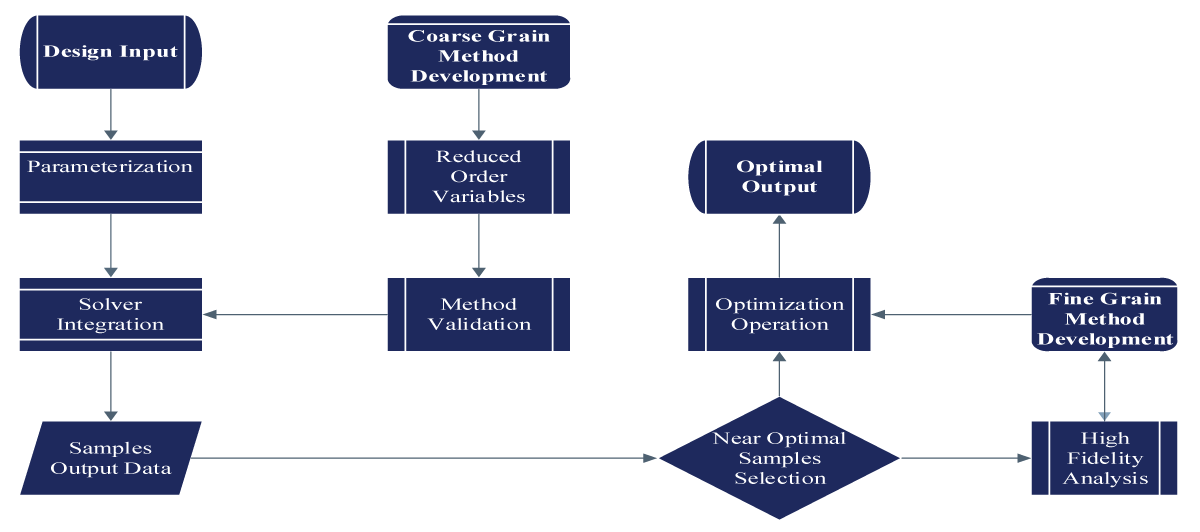
Integrated Multi-fidelity Structural Optimization for UAV Wings

Various Media used to Detoxify Abrus precatorius - A Mini Review
The Comprehensive Regeneration Approach as a Framework for Sustainable Development and Biodiversity
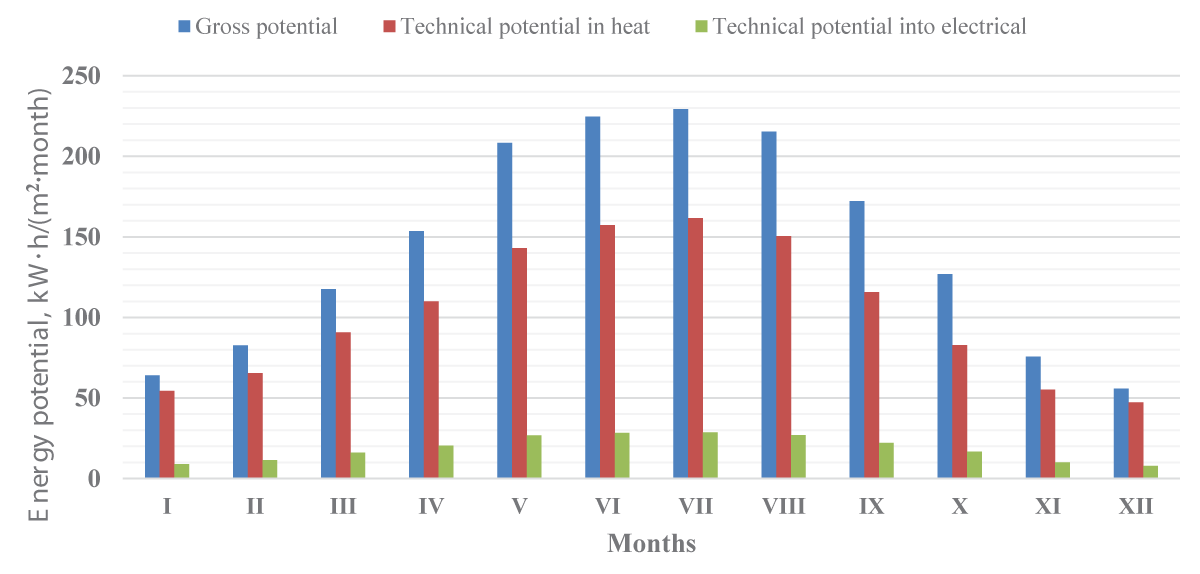
Roadmap for Greening the Economy of Turkmenistan
 Review Article
Review Article
The Expressivity Dimension of Speech is the basis of the Expression Dimension. Evidence from Behavioural and Neuroimaging Studies
The modalities of communication are the sum of the expression dimension (linguistics) and the expressivity dimension (prosody), both being equally important in language communication. The expressivity dimension which comes first in the act of speech, is the basis on which phonemes, syllables, words, grammar, and morphosyntax, i.e., the expression dimension of speech is superimposed. We will review evidence (1) revealing the importance of prosody in language acquisition and (2) showing that prosody triggers the involvement of specific brain areas dedicated to sentences and word-list processing. To support the first point, we will not only rely on experimental psychology studies conducted in newborns and young children but also on neuroimaging studies that have helped to validate these behavioral experiments. Then, neuroimaging data on adults will allow for the conclusion that the expressivity dimension of speech modulates both the right hemisphere prosodic areas and the left hemisphere network in charge of the expression dimension.





